Elaeagnus ebbingei 2ltr
£9.50
Out of stock
Elaeagnus ebbingei Plant Description:
Common Name:
Elaeagnus ebbingei is commonly known as Ebbing’s Silverberry or Oleaster.
Plant Type:
Elaeagnus ebbingei is an evergreen shrub.
Foliage:
Leaves: The leaves are elliptical, leathery, and have a silvery-green to dark green color.
Underside: Silvery scales on the undersides of the leaves give the plant a silvery appearance.
Flowers:
Blossoms: Small, fragrant, tubular flowers appear in clusters.
Color: The flowers are often creamy white to silver and are inconspicuous but pleasantly scented.
Blooming Period: Typically blooms in late fall to early spring.
Fruit:
Berries: Small, rounded, and silvery to grayish-brown berries follow the flowers.
Edible: The berries are edible, although their taste can be somewhat astringent.
Size:
Height: Can reach a mature height of 8 to 10 feet (2.4 to 3 meters).
Spread: Has a dense, rounded growth habit.
Growth Rate:
Elaeagnus ebbingei is known for its vigorous growth rate.
Hardiness:
Hardy in USDA hardiness zones 7 to 11.
Sun Requirements:
Prefers full sun to partial shade.
Can tolerate a range of light conditions.
Soil Conditions:
Adaptable to various soil types, including sandy, loamy, and clay soils.
Tolerant of poor soils and can handle some salt spray, making it suitable for coastal gardens.
Drought Tolerance:
Once established, Ebbing’s Silverberry is relatively drought-tolerant.
Uses:
Commonly used as a hedge or screen due to its dense foliage and rapid growth.
Suitable for coastal landscapes due to its tolerance to salt spray.
Can be grown as a standalone specimen shrub.
Fragrance:
The flowers emit a sweet fragrance, adding to the plant’s overall appeal.
Wildlife Attraction:
The berries attract birds, contributing to wildlife interest in the garden.
Pruning:
Tolerant of pruning and can be shaped to maintain a desired size or form.
Invasive Potential:
In some regions, Elaeagnus ebbingei has been considered invasive, so it’s important to be mindful of local regulations and recommendations regarding its planting.
Elaeagnus ebbingei is valued for its evergreen foliage, hardiness, and adaptability to different growing conditions. It serves various landscaping purposes, particularly as a hedge or screen, and provides year-round interest with its silvery leaves and
| Flower Colour |
TBC |
|---|---|
| Root Type |
TBC |
| Foliage Colour |
TBC |
| Soil Type |
TBC |
| Addition |
No |
Only logged in customers who have purchased this product may leave a review.


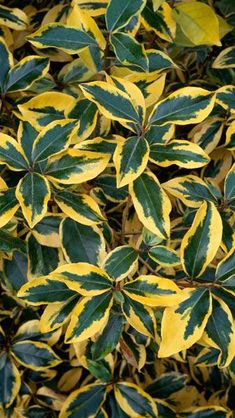
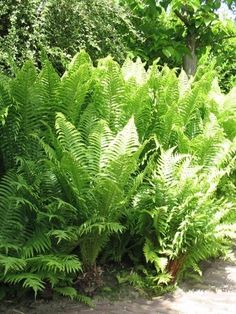
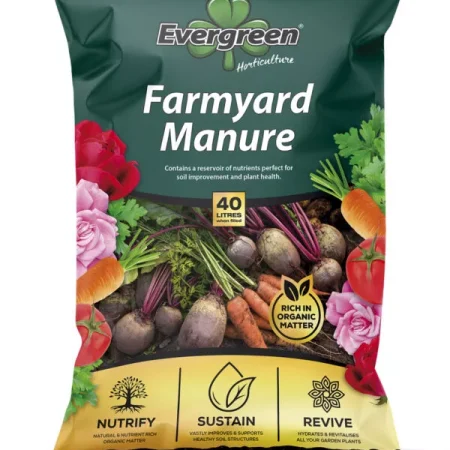

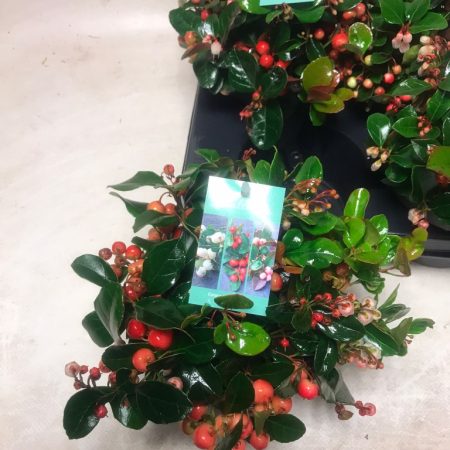
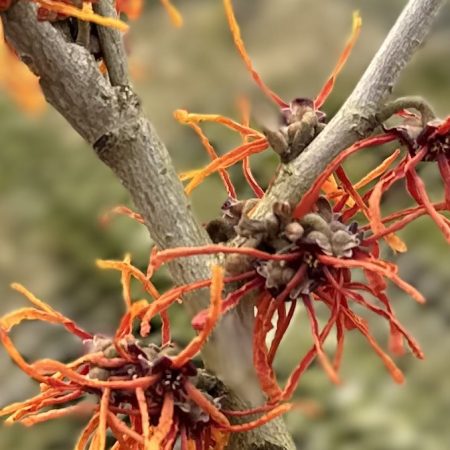
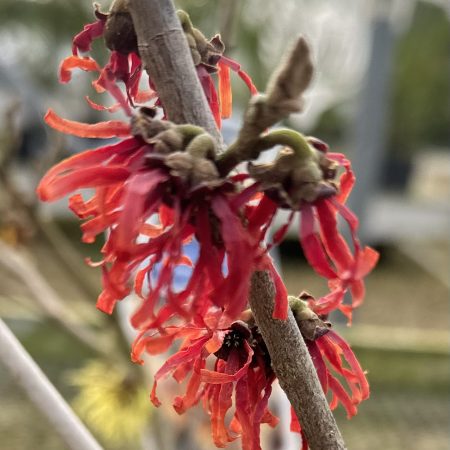
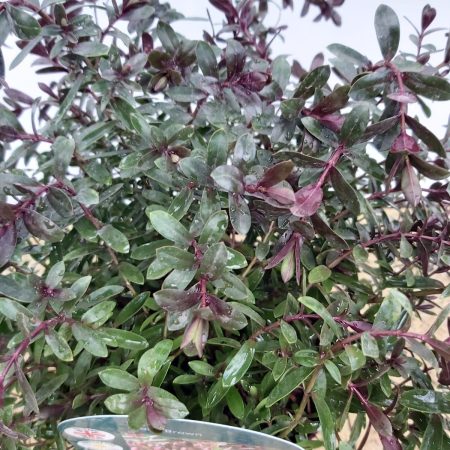
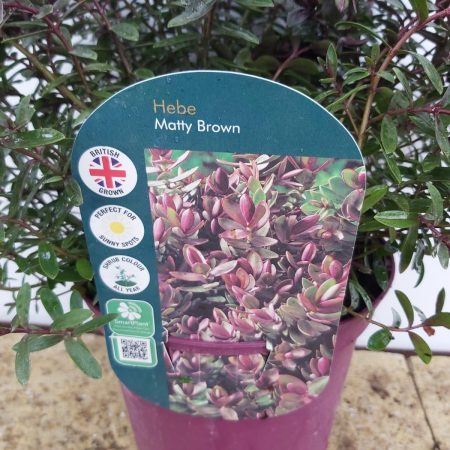
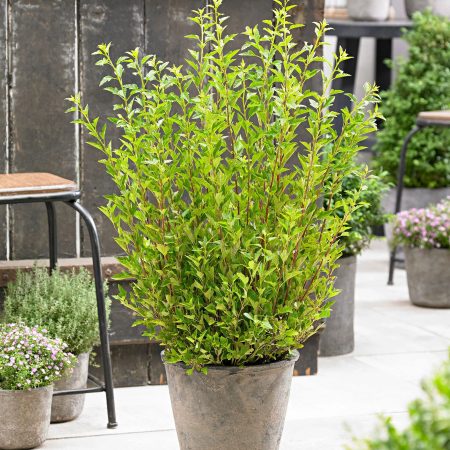
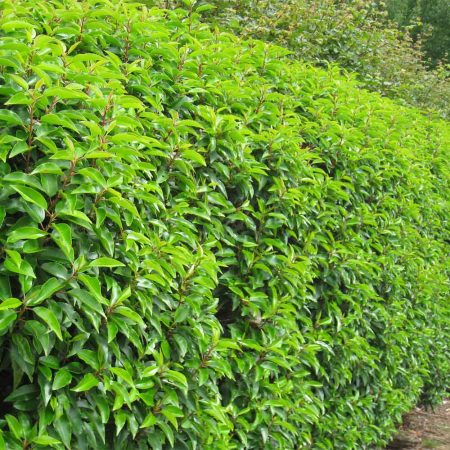

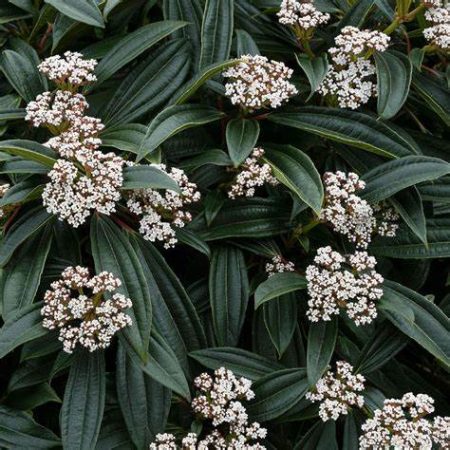
Reviews
There are no reviews yet.